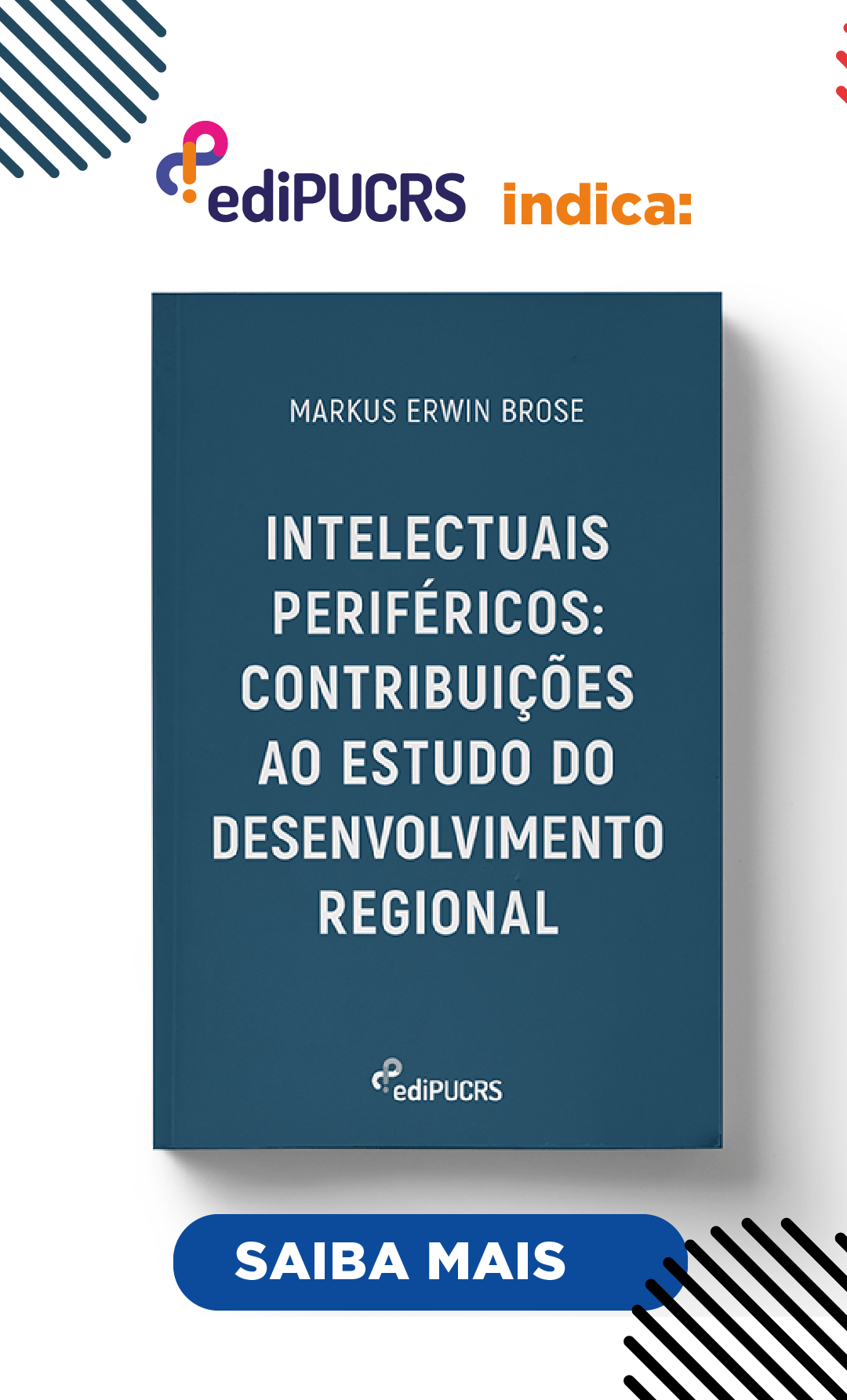Impacts of the Belo Monte Hydroelectric Power Plant: an analysis of the perspective of the riverside populations of the Terra do Meio extractive reserves
DOI:
https://doi.org/10.15448/1984-7289.2020.1.35906Keywords:
Riverine Population. Extractive reserves. Impacts. Belo Monte dam.Abstract
This paper aims to discuss the influence area of Belo Monte dam, in operation since 2016 in the Xingu river, state of Pará. This discussion starts with the analysis of the perspective of riverine people from extractive reserves of Terra do Meio on the impacts to problematize the spatial category that relates, in particular, to the exclusion of these protected areas as affected territories. Using qualitative methods that involve fieldwork, participant observation, ethnography, and semi-structured interviews, this paper highlight the contradictions surrounding the non-recognition of the riverine populations in the context of impacts of Belo Monte dam.
Downloads
References
Adams, Cristina, Rui Murrieta e Walter Neves. 2006. Sociedades caboclas amazônicas: modernidade e invisibilidade. São Paulo: Fapesp, Annablume.
Almeida, Mauro William Barbosa de. 1993. Rubber tappers of the upper Juruá river, Brazil: the making of a forest peasant economy. Social anthropology doctoral thesis, University of Cambridge, Cambridge. https://doi.org/10.17863/CAM.16267.
Barrow, Christopher J. 2010. How is environmental conflict addressed by SIA? Environmental Impact Assessment Review 30, nº 5: 293-301. https://doi.org/10.1016/j.eiar.2010.04.001.
Bernard, Harvey Russell. 2011. Research methods in anthropology: qualitative and quantitative approaches.Lanham: Altamira Press.
Campbell, John L., Quincy Charles, Osserman Jordan and Ove K. Pedersen. 2013. Coding in-depth semistructured interviews: problems of unitization and intercoder reliability and agreement. Sociological Methods & Research 42, nº 3: 294-320. https://doi.org/10.1177%2F0049124113500475.
Fainguelernt, Maíra. B. 2013. Belo Monte: o estado democrático de direito em questão. Rio de Janeiro: Apicuri.
Fearnside, Philip M. 2006. Dams in the Amazon: Belo Monte and Brazil’s hydroelectric development of the Xingu river basin. Environmental Management 38, nº 1: 16-27. https://doi.org/10.1007/s00267-005-0113-6.
Moran, Emilio Federico, M. C Lopez, N. Moore, N. Muller, and D. W. Hyndman. 2018. Sustainable hydropower in the 21st century. Proc Natl Acad Sci (PNAS) 115, nº 47: 11891-11898. https://doi.org/10.1073/pnas.1809426115.
Nugent, S. 1993. Amazonian Caboclo Society: an essay on invisibility and peasant economy. Providence, Oxford: Berg Publishers. https://doi.org/10.1016/0261-3050(95)90055-1.
Pace, Richard. 1997. The Amazon Caboclo: What’s in a name? Luso-Brazilian Review 34, nº 2: 81-89. Acessado em jun., 2018. https://www.jstor.org/stable/3514152.
Vainer, Carlos Bernando. 2008. O conceito de “atingido”: uma revisão do debate e diretrizes. In Vidas alagadas. Conflitos socioambientais, licenciamento e barragens, organizado por Franklin Daniel Rothman, 39-63. Viçosa: Editora UFV.
Vanclay, Frank, James T. Baines and Nicholas Taylor. 2013. Principles for ethical research involving humans: ethical professional practice in impact assessment Part I. Journal Impact Assessment and Project Appraisal 31, nº 4: 243-253. https://doi.org/10.1080/14615517.2013.850307.
Velasquez, Cristina, André Villas Boas e Stephen Schwartzman. 2006. Desafio para a gestão ambiental integrada em território de fronteira agrícola no oeste do Pará. Revista de Administração Pública 40, n° 6: 1061-1075. http://dx.doi.org/10.1590/S0034-76122006000600007.
Sack, Robert David. 1986. Human territoriality: its theory and history. Cambridge: Cambridge University Press. https://doi.org/10.1086/ahr/94.1.103.
Downloads
Published
How to Cite
Issue
Section
License
Copyright (c) 2020 Civitas – Journal of Social Sciences

This work is licensed under a Creative Commons Attribution 4.0 International License.
The submission of originals to this journal implies the transfer by the authors of the right for printed and digital publication. Authors retain copyright and grant the journal right of first publication. If the authors wish to include the same data into another publication, they must cite this journal as the site of original publication. As the journal is of open access, the articles are allowed for free use in scientific and educational applications, with citation of the source (please see the Creative Commons License at the bottom of this page).




